Two Foodservice Trade Organizations with Worldwide Reach Launch at NRA Show
 The Global Culinary Innovators Association and International Food and Beverage Technology Association announced their respective formations at the industry’s largest trade show last month.
The Global Culinary Innovators Association and International Food and Beverage Technology Association announced their respective formations at the industry’s largest trade show last month.
Two new organizations serving the foodservice industry launched at the National Restaurant Association’s 2014 Restaurant, Hotel-Motel Show in Chicago in May. Both aim to impact and benefit from the sharing of best practices and information with counterparts and colleagues around the world.
Following is a brief description of each new organization:
Global Culinary Innovators Association (GCIA)
The new association benefits corporate chefs and menu innovators from leading multiunit foodservice operations. Members will include company founders, leading culinarians and marketing experts who are spearheading the menu innovation for their companies within multiple industry segments.

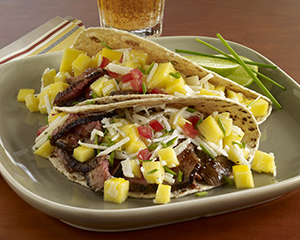 Research and trend predictions point in the same direction: Use more fresh mango on menus.
Research and trend predictions point in the same direction: Use more fresh mango on menus. Whether you maintain one or 21, building the practice of keeping a journal and recording key ideas and activities can very useful for three important reasons.
Whether you maintain one or 21, building the practice of keeping a journal and recording key ideas and activities can very useful for three important reasons.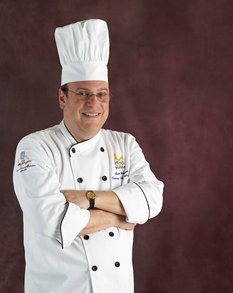 Are you dooming your students to failure by not focusing enough attention on helping them find and keep jobs after graduation?
Are you dooming your students to failure by not focusing enough attention on helping them find and keep jobs after graduation?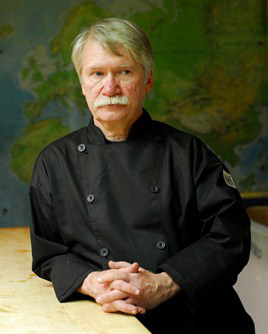 There should be no room for variance from a standard of expectation among all stakeholders—employers, faculty, parents and the students themselves. To ensure that culinary grads meet acceptable skill and aptitude standards, Chef Sorgule suggests employing a “passport.”
There should be no room for variance from a standard of expectation among all stakeholders—employers, faculty, parents and the students themselves. To ensure that culinary grads meet acceptable skill and aptitude standards, Chef Sorgule suggests employing a “passport.” Potato prep problems? Your students are one click away from the solution. Questions about au gratin, baked, mashed, potato salad and french fries are answered online.
Potato prep problems? Your students are one click away from the solution. Questions about au gratin, baked, mashed, potato salad and french fries are answered online.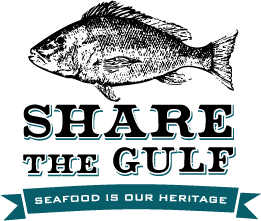 The 2013 initiative, which has gained much chef and operator support from states bordering the Gulf of Mexico, continues to strive to ensure sustainability of red snapper, grouper and other fish for sale in foodservice.
The 2013 initiative, which has gained much chef and operator support from states bordering the Gulf of Mexico, continues to strive to ensure sustainability of red snapper, grouper and other fish for sale in foodservice.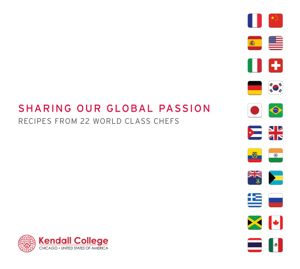 Kendall College is proud to announce the release of its first culinary publication, Sharing Our Global Passion: Recipes from 22 World Class Chefs ($25), a compilation of recipes that reflect the backgrounds, professional training and world experiences of faculty in the School of Culinary Arts. Published by the preeminent culinary-arts educational experience in the Midwest, this book celebrates the diversity of global cuisine in both classic style and modern interpretation.
Kendall College is proud to announce the release of its first culinary publication, Sharing Our Global Passion: Recipes from 22 World Class Chefs ($25), a compilation of recipes that reflect the backgrounds, professional training and world experiences of faculty in the School of Culinary Arts. Published by the preeminent culinary-arts educational experience in the Midwest, this book celebrates the diversity of global cuisine in both classic style and modern interpretation.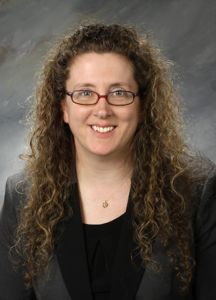 The Baker College of Port Huron student-operated, fine-dining restaurant and bar at the Culinary Institute of Michigan (CIM) has opened its doors, serving up Michigan products and beautiful local views. The CIM Port Huron is located at 2000 St. Clair Street, Port Huron.
The Baker College of Port Huron student-operated, fine-dining restaurant and bar at the Culinary Institute of Michigan (CIM) has opened its doors, serving up Michigan products and beautiful local views. The CIM Port Huron is located at 2000 St. Clair Street, Port Huron.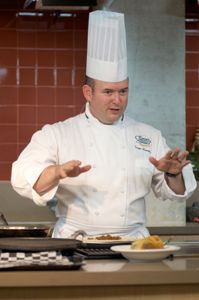 A group of students from The Culinary Institute of America (CIA) campus in Hyde Park, N.Y., is spending the first semester of senior year at the college’s campus in San Antonio, Texas, focusing on the ingredients, techniques and cultural traditions of Latin American cuisines. It is part of the CIA’s Latin Cuisines Concentration, which launched May 5—Cinco de Mayo.
A group of students from The Culinary Institute of America (CIA) campus in Hyde Park, N.Y., is spending the first semester of senior year at the college’s campus in San Antonio, Texas, focusing on the ingredients, techniques and cultural traditions of Latin American cuisines. It is part of the CIA’s Latin Cuisines Concentration, which launched May 5—Cinco de Mayo.